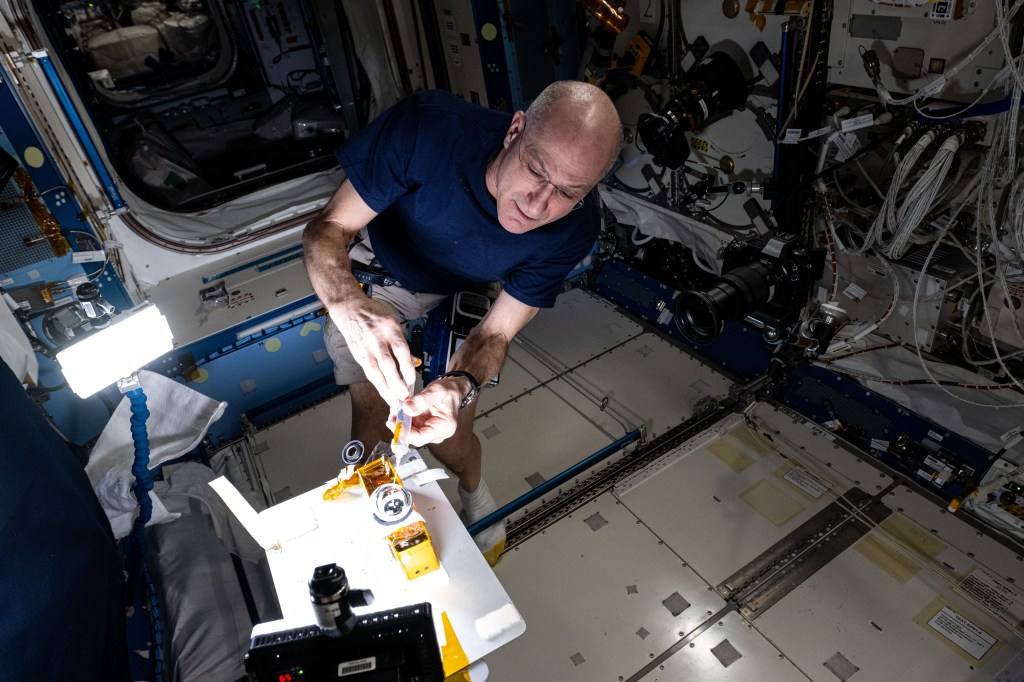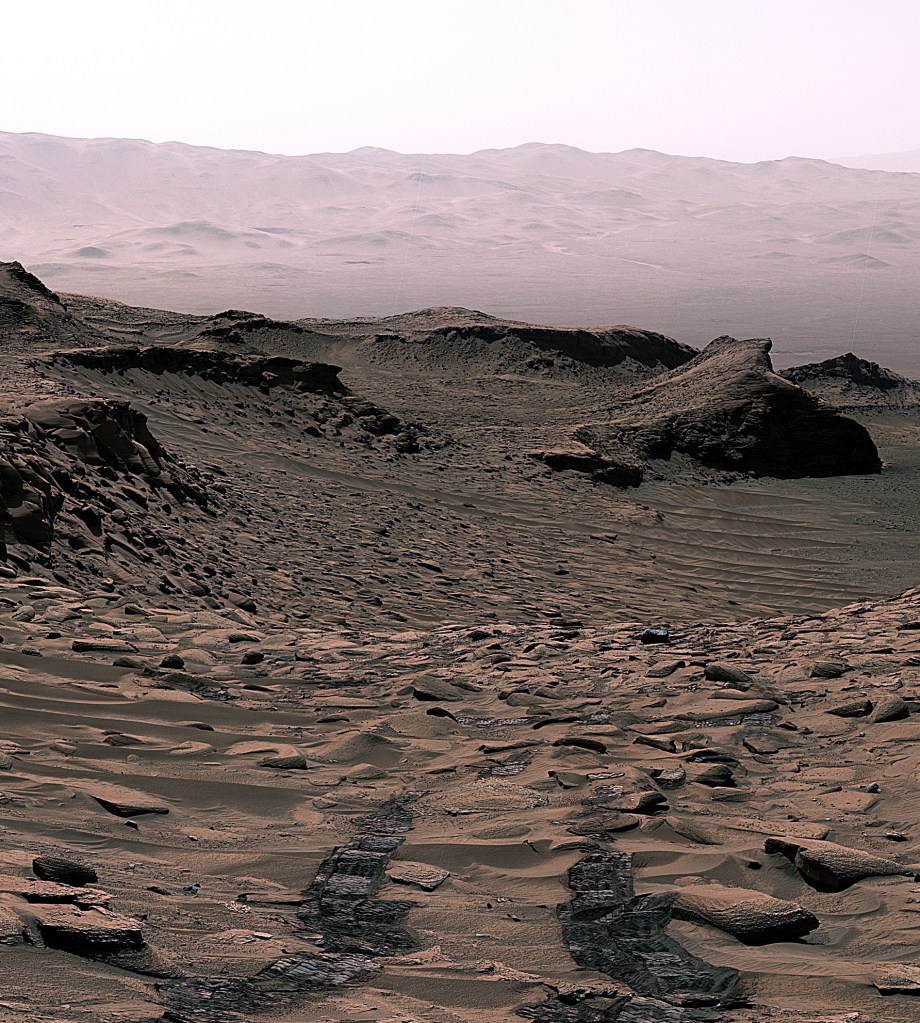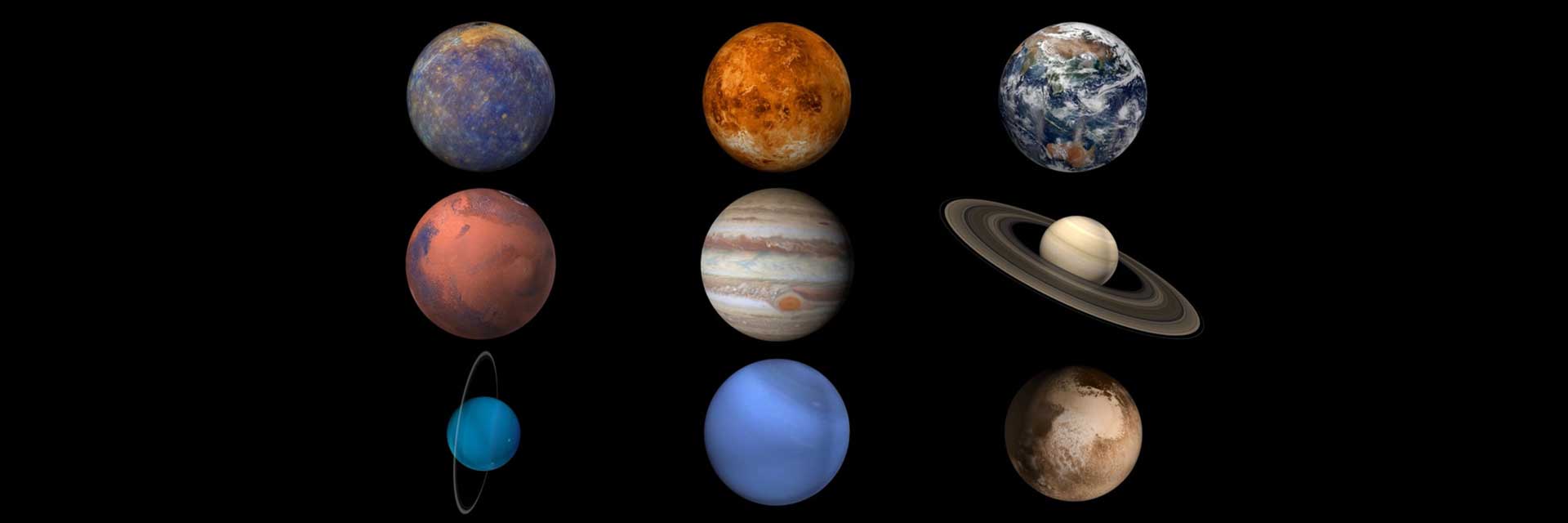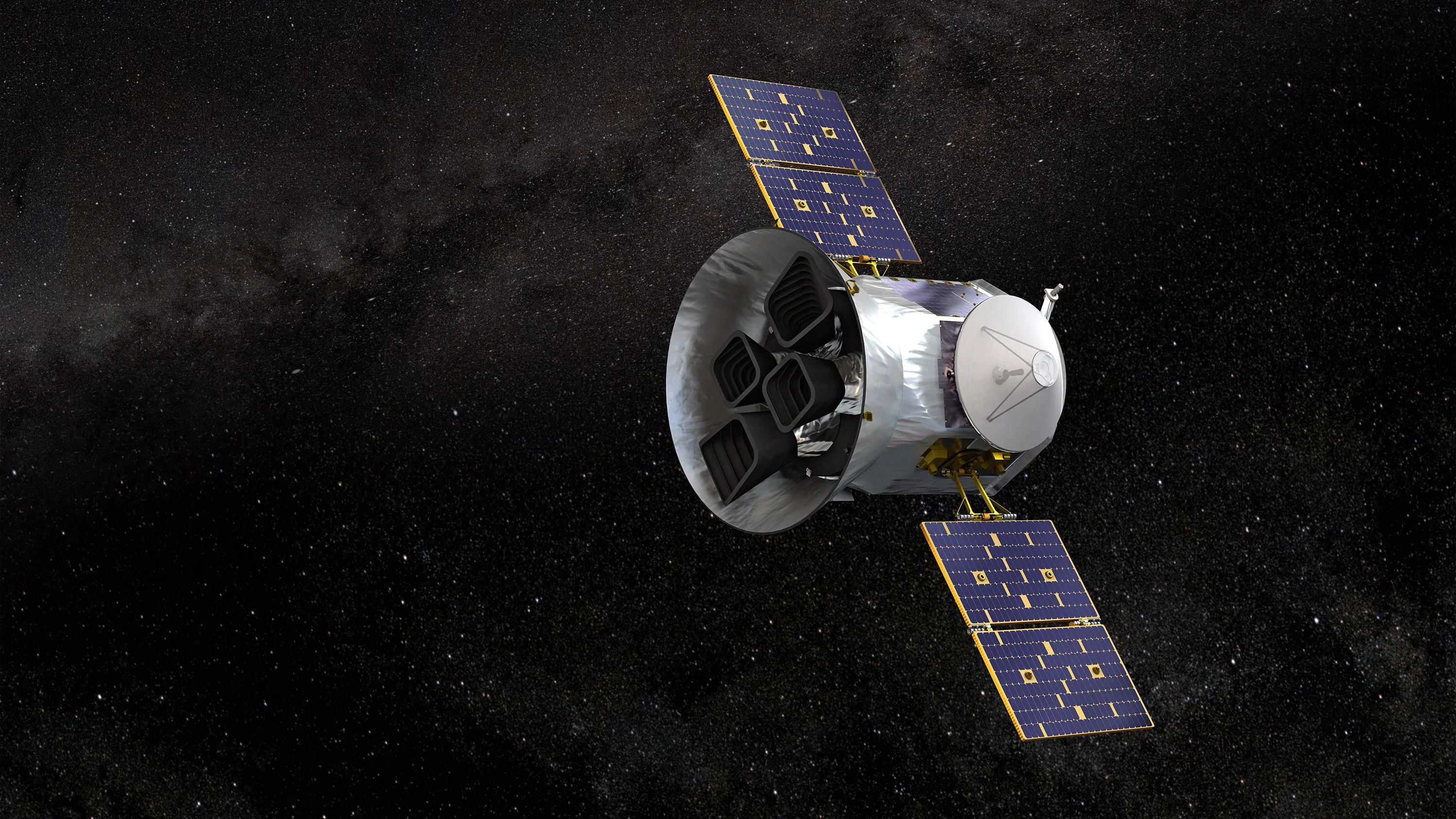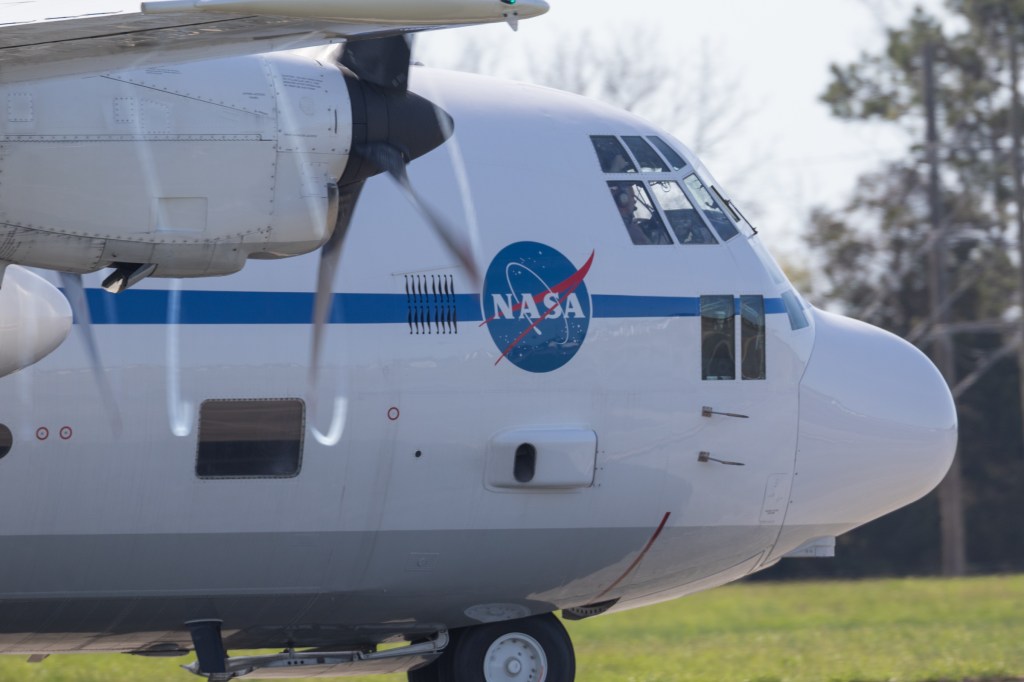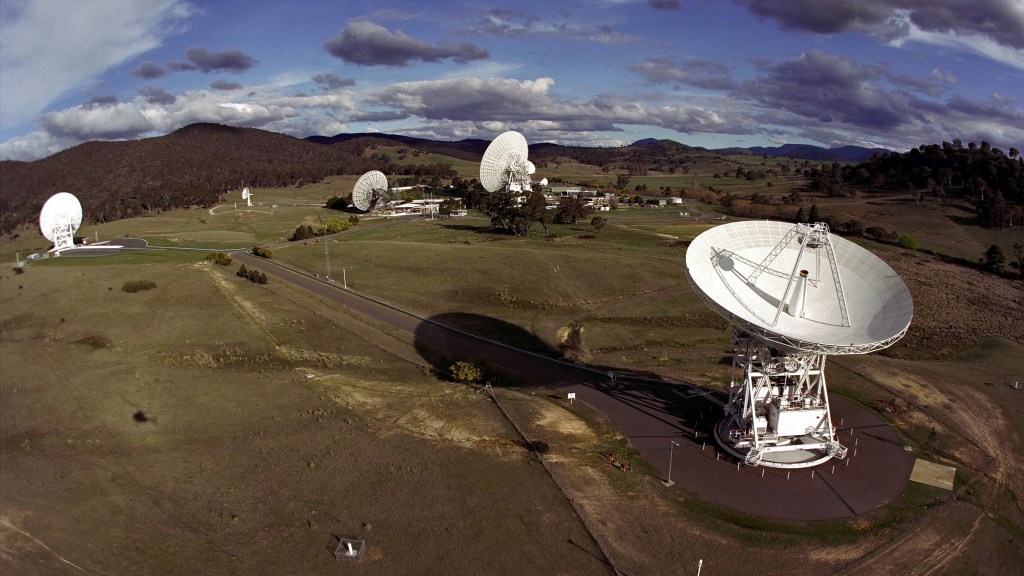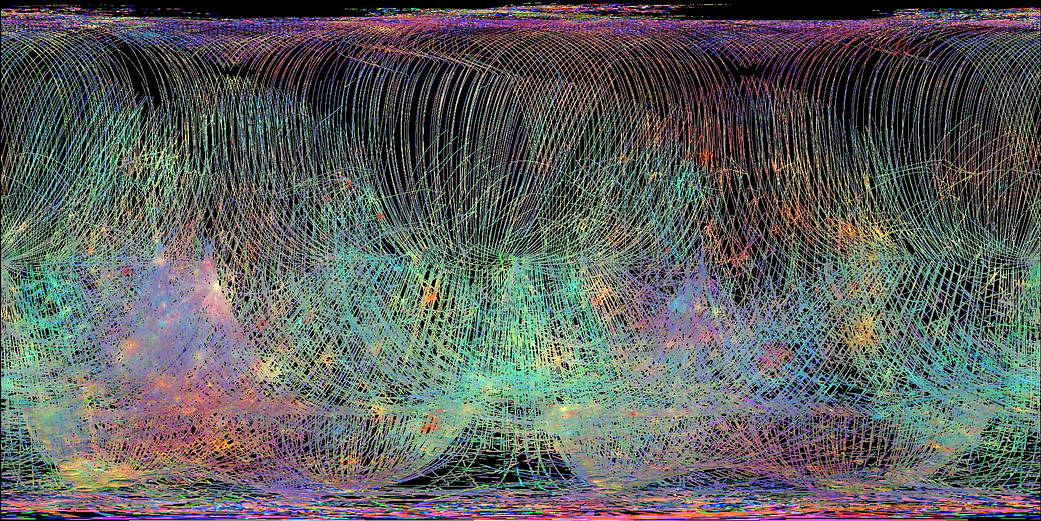
The Mercury Atmospheric and Surface Composition Spectrometer (MASCS) collects hundreds of different wavelengths of light, ranging from the ultraviolet through the near-infrared, to probe the mineralogy of the surface of Mercury. These spectra are visualized by mapping different wavelengths or combinations of wavelengths into red, green, and blue.
The Mercury Atmospheric and Surface Composition Spectrometer (MASCS) collects hundreds of different wavelengths of light, ranging from the ultraviolet through the near-infrared, to probe the mineralogy of the surface of Mercury. These spectra are visualized by mapping different wavelengths or combinations of wavelengths into red, green, and blue, so the human eye can distinguish them. The multicolored ‘fireworks’ result from a combination of physical and chemical differences on the surface, including mineralogical diversity and the exposure age of the craters.
Date acquired: December 21, 2012Image Credit: NASA/Johns Hopkins University Applied Physics Laboratory/Carnegie Institution of Washington



